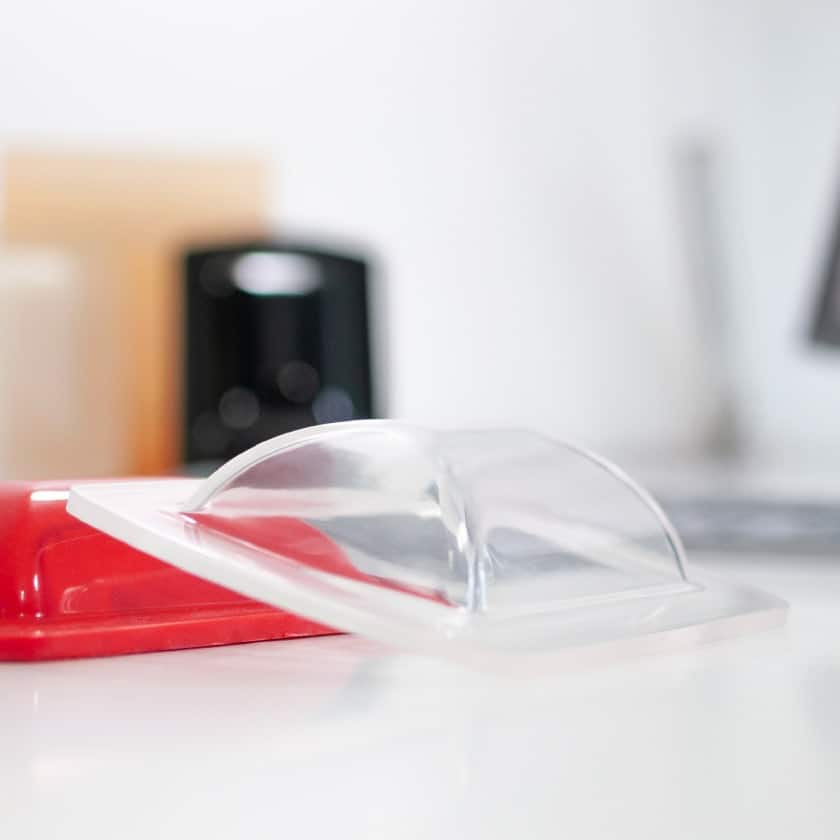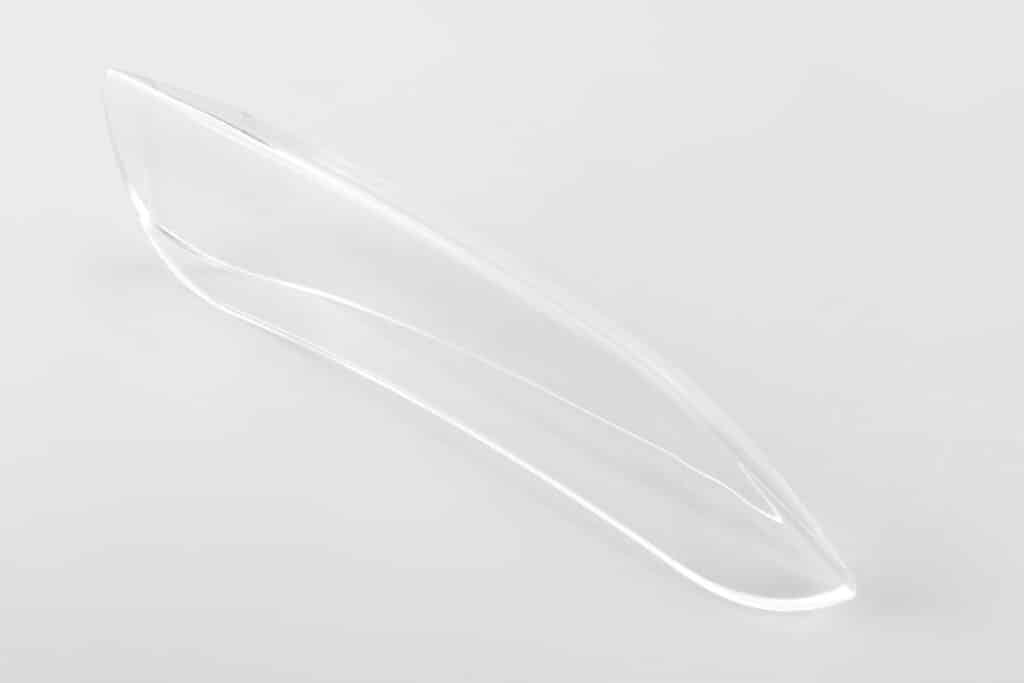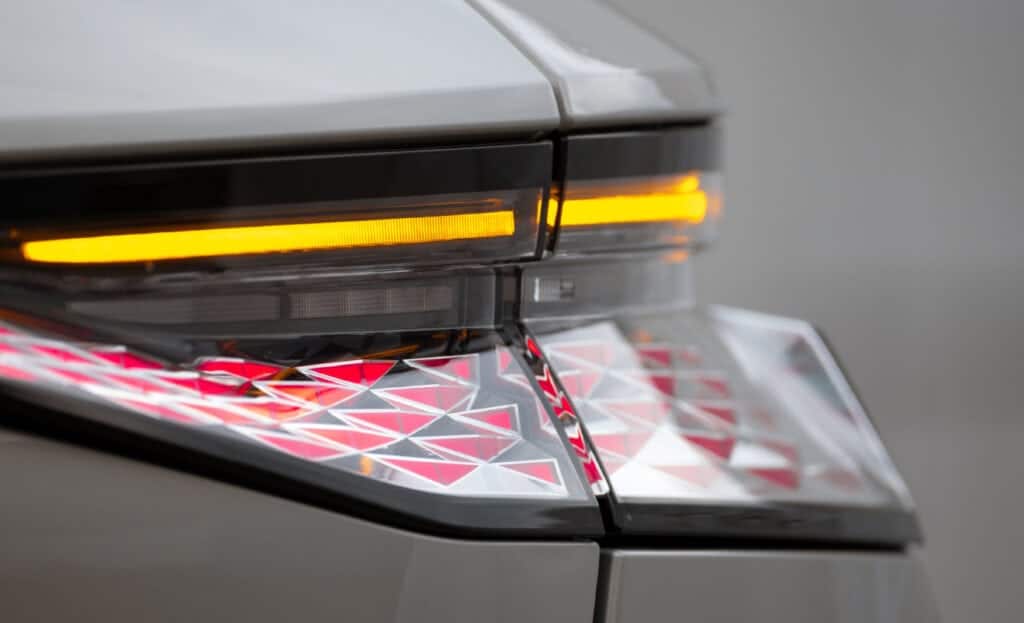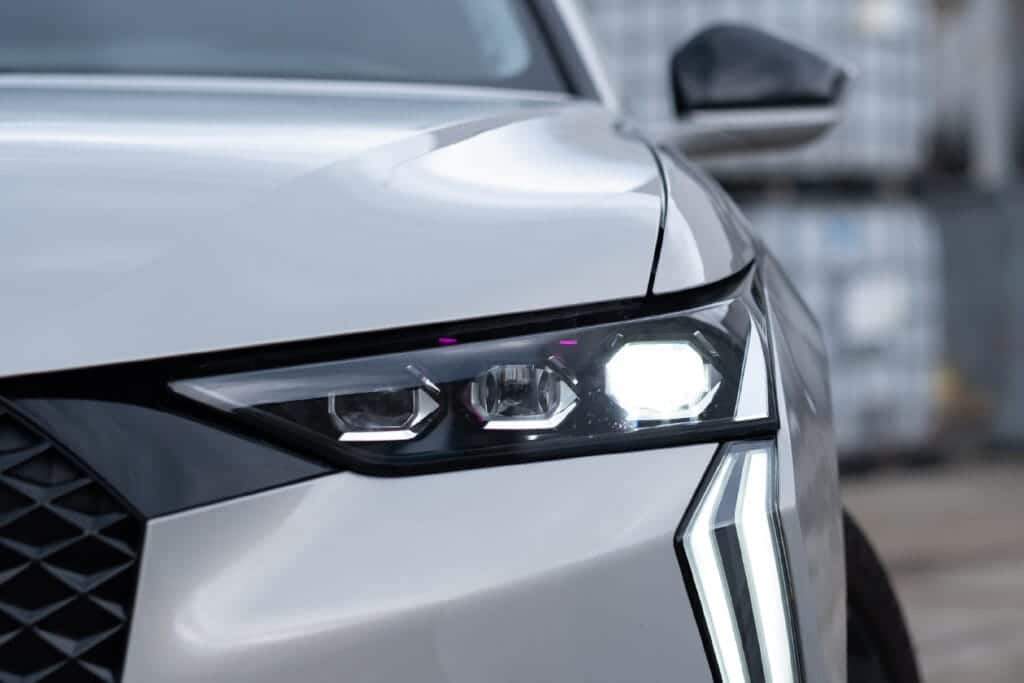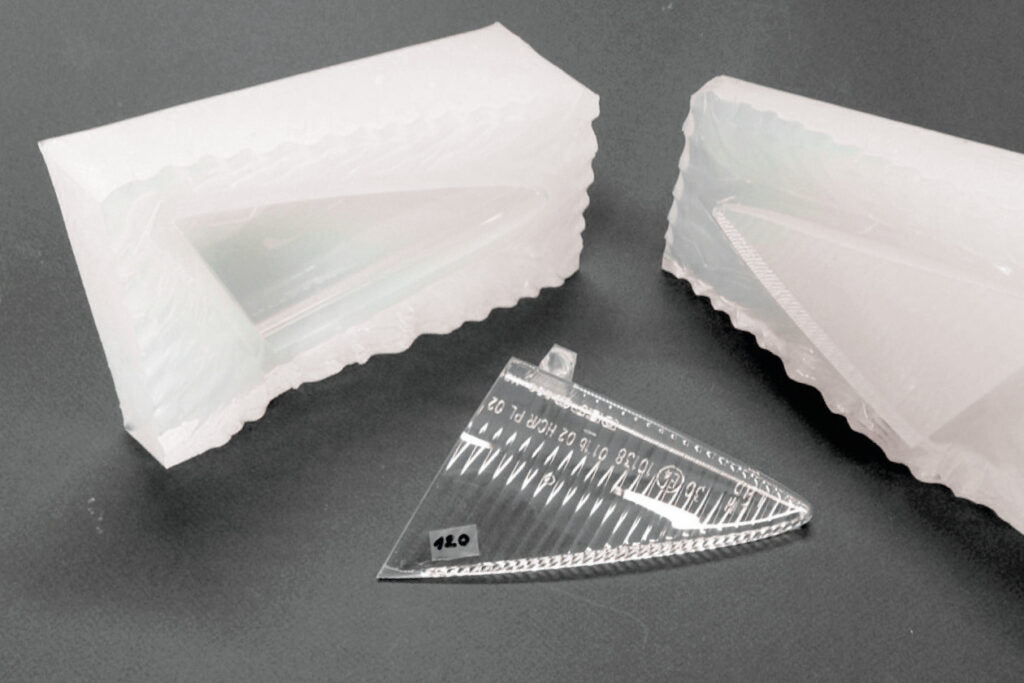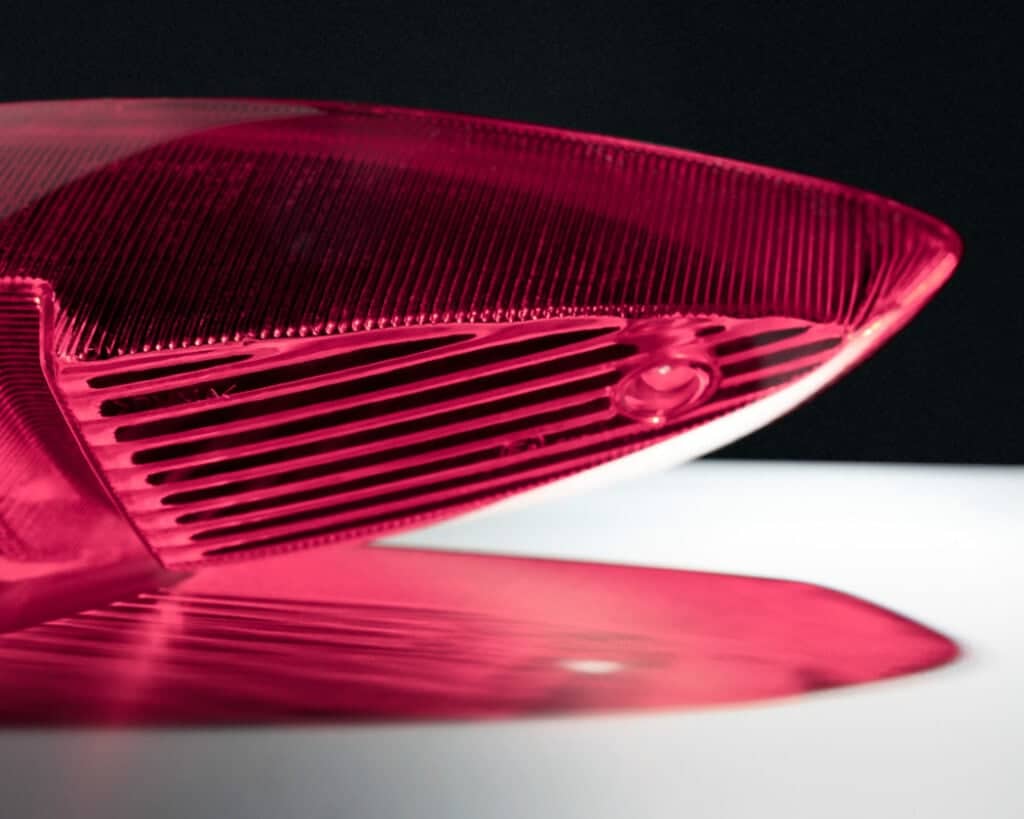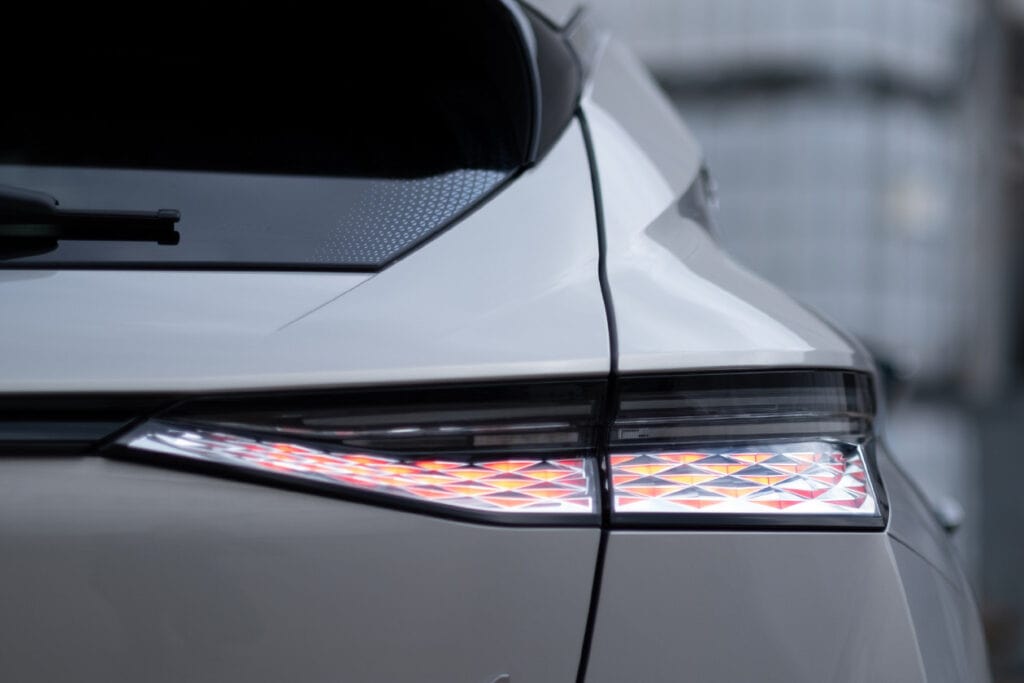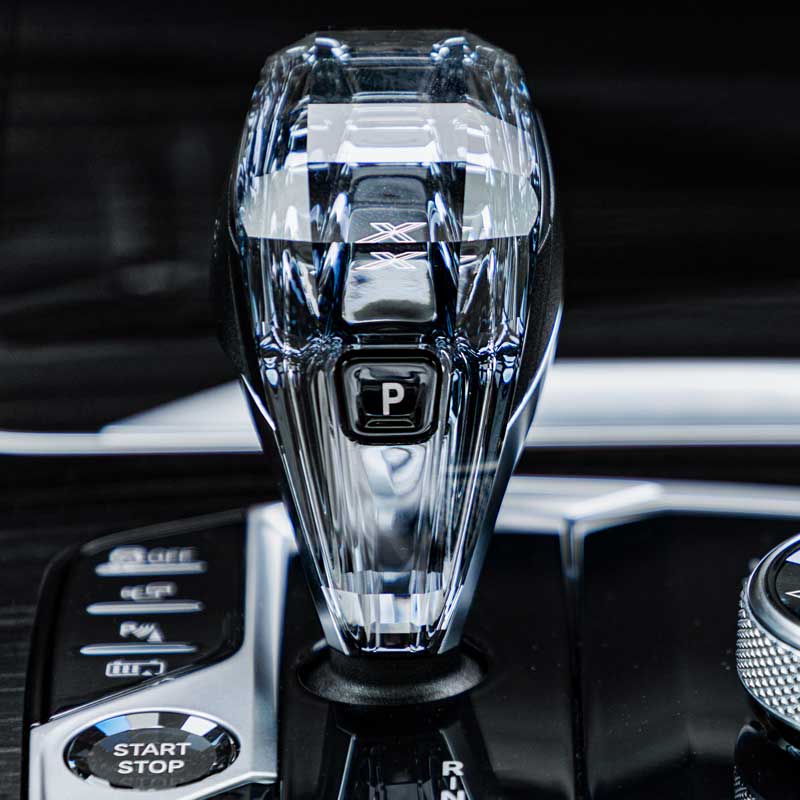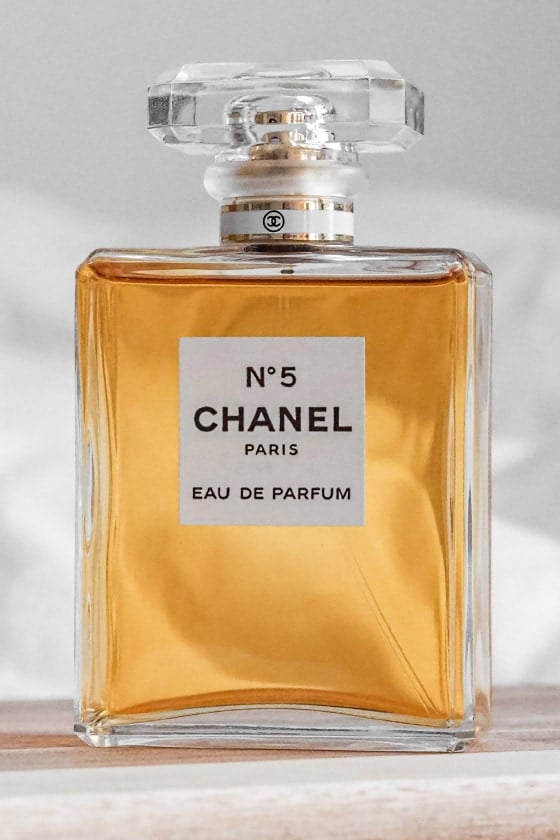the Mass-Casting CRISTAL HRI 35
- Utmost transparency and refractive index of 1,54 leading to a crystal-like brilliance
- Adapted to mass casting with wall thicknesses up to 100 mm
- Versatile resin that can be casted by hand or with a vacuum casting machine and suited to many different type of projects
Documents
TDS CRISTAL HRI 35
Technical data sheet of the CRISTAL HRI35. All mechanical, thermal, and optical properties of the clear transparent, mass casting resin CRISTAL HRI35.
available Test reports
- flame resistance
- optical properties
Please contact us in order to get a copy of the test reports. We will happily provide them to you.
What kind of materials are these polymers?
This range of UV-stable and crystal-clear resins are two-component thermoset polyurethanes, designed for the vacuum casting technology.
This process allows one to create high quality transparent parts, moulded in silicone rubber moulds.
Unlike thermoplastics, thermoset resins cannot be used for extrusion or melted to be moulded. They consist in two different components A and B, that are mixed together before being casted by gravity during the molding step.
Are these materials suitable for injection-moulding?
These materials are not formulated for injection-moulding. PRC1810 and PRC1819ʼs chemical reaction creates a milky-time. This phenomenon happens when the polyol is mixed to the isocyanate, and makes the liquid mixture turn white during a few seconds. After this milky-time, the product gets back its clear aspect. Only after this step the material can be casted in the silicone mould. Because of this, and despite the resinsʼ low-viscosity, these materials are not suitable for injection moulding. We recommend to make a casting in a vacuum-casting machine. The Cristal HRI 35 does not have a milky-time. We recommend to cast it in a vacuum-casting machine or by hand.
Is the material temperature resistant?
The PRC1819 allows you to reach a temperature resistance of 86°C in HDT, and 95°C in Tg, preventing your part from deformation under high temperature.
Is a post-curing necessary?
Yes, a post-curing in an oven is mandatory to obtain the productsʼ mechanical properties. If no post-curing is done, there is a risk of having a brittle material.
Therefore we recommend to get a full polimerization of the material, according to the Technical data sheet.
How many parts can be casted in a single silicone mould?
According our experience and the feedbacks from our regular users, one can cast around 15-20 parts in a single mould. Depending on the silicone brand and type, as well as the shape of the part, these data may vary.
What type of silicone should I use?
We recommend using an addition cure silicone for the casting of our materials.
Should I use a release agent?
The use of a release agent depends on the type of your project. Contact Synthene Team to have a personalised recommendation.
Are these products colourable?
Yes, all our clear resins can be colored or pigmented.
With the addition of solvent-based tints, it is possible to make colour-research and have specific colours, for example for car glass projects, for both transparent and coloured materials.
For opaque products with high UV-stability, we recommend using Synthene pigments.
If a translucent aspect is needed, it is also possible to use our light diffusing additive PP0420.
Are these materials rigid or elastomers?
This range only concerns rigid materials with flexural modulus ranging from 2000 to 2200 MPa.
The hardness of this range is also respectively 84 Shore D for the Cristal HRI 35, and 85 Shore D for the PRC1810 and PRC1819.
FAQ3For elastic or soft materials, we recommend to visit the rubber section or the SCoat 015 material page.
Are these materials impact resistant?
The PRC1819 is particularly recommended for its high shock resistance, with a Charpy resistance of 90 kJ·m-2.
Can fillers be added?
No, we do not recommend to use fillers in the fabrication process.
Do the products yellow over time?
Synthene has been a specialist of UV resistance for 50 years, taking emphasis on high standards for materialsʼ stability. Our clear PU is fomulated with raw materials that are particularly studied for UV resistance. The resins are carefully tested in an accelerated-ageing machine during at least 1000 hours.
This machine simulates outdoor conditions, incluing sunlight and rain with UVA, UVB and moisture. Our customers have also been using these resins for years
for real-condition prototypes and production parts, and can attest of Syntheneʼs reliability regarding prolonged sun exposure.
What does HRI stand for in “Cristal HRI 35ˮ?
HRI stands for High Refractive index, due to its exceptional value of 1,54, making it a material of choice for optimum optical properties on a large wavelength spectrum, from ultraviolets to infrared.
Contact Synthene Team for more information about the light transmittance of the material.
Are these materials similar to epoxy?
The chemical nature of polyurethane is different from epoxy-resins. PU has a superior UV resistance, avoiding the materialʼs yellowing over time.
Polyurethane is also less rigid than epoxy, making it more adapted to environments with temperature variations. Therefore, using PU is more adapted to outdoor applications.
Are these materials similar to polyester?
Polyurethane (PU) and polyester are both versatile polymers, but they differ significantly in terms of chemical structure, properties, and common applications. While PU resin is mostly used to make parts, polyester is used to make composites, fabric or plastic film. PUʼs high strength also makes it generally more durable, impact-resistant, and abrasion-resistant than polyester.
Do you use mercury-based catalysts?
Synthene only produces mercury-free materials, in accordance with the REACH regulation.
Where can I find the MSDS of the material?
Contact Synthene Team or your local distributor in order to receive the Material Safety Data Sheet of these materials.
Can I use these materials on substrates?
This range has been formulated to make parts only. The Cristal HRI 35 is suitable for inclusion, but for a composite approach we would recommend to use the SCoat range . The bonding properties will be more efficient, with adhesion to more type of materials, including wood. The SCoat range can be used to coat many surfaces, as a protective layer. It also hass less sensitiveness to moisture.
